DENVER — When combined with rHuPh20, a recombinant DNA-derived human hyaluronidase, efgartigimod, promises a new treatment option for chronic inflammatory demyelinating polyneuropathy (CIDP) , according to the results of a phase 2 multinational trial, which were reported at the 2024 annual meeting of the American Academy of Neurology.
"Regardless of prior therapy for CIDP, efgartigimod PH20 was associated with a rapid clinical improvement, and clinical responses have been maintained out to 48 weeks," said Jeffrey A. Allen, MD, an associate professor of neurology, University of Minnesota, Minneapolis.
Efgartigimod, which reduces circulating IgG immunoglobulin, has been available for the treatment of myasthenia gravis since 2021. In a new trial, called ADHERE, the combination of efgartigimod and rHuPH20 (E-PH20) was tested for CIDP, the most common of the chronic immune-mediated inflammatory polyneuropathies.
ADHERE Called Largest CIDP Trial to Date
In this study, which Dr. Allen called the largest randomized controlled trial ever performed with a CIDP treatment, a run-in stage was required for those candidates who were already on treatment. When these patients went off treatment during this 12-week run-in, clinical deterioration was required to advance to the first of two stages of the trial. Patients with symptomatic CIDP but off treatment at the time of enrollment did not participate in the run-in.
After the run-in, patients who advanced to stage A received 1000 mg of E-PH20 open label for 12 weeks. Of those on treatment prior to the run-in, about half were receiving intravenous immunoglobulins (IVIg). Almost all the remainder had been receiving corticosteroids. About 30% had been off treatment and entered stage A without participating in the run in.
The primary endpoint of stage A was the percentage of patients with evidence of clinical improvement (ECI). Patients who participated in the run-in were allowed to resume their prior treatment for stage A and the subsequent blinded stage B. Stage A was event driven so that it was closed once 88 events were reached.
The ECI endpoint was met by 66.5% of the patients, who thereby met eligibility for the randomized stage B. As the study design excluded those who achieved clinical improvement after the 88-event limit was reached, they were not included among responders. Had they been included, Dr. Allen said that the primary endpoint of stage A would have been reached by 70.4%.
The patterns of improvement in stage A were similar across type of prior CIDP treatment, including no treatment, according to Dr. Allen, who noted that 39.8% of those enrolled in stage A met the primary endpoint within 4 weeks.
There were 322 patients in stage A. Of these, 211 enrolled in stage B. They were randomized in a 1:1 ratio to 1000 mg of E-PH20 or placebo administered weekly by subcutaneous injection. Of those eligible for stage B, 40% had not participated in the run-in.
aINCAT Provided Primary Endpoint for CIDP Trial
For stage B, the primary endpoint was time from baseline to a clinically meaningful limitation of activity. This was evaluated with the adjusted inflammatory neuropathy cause and treatment (aINCAT) disability score.
By the end of 48 weeks of treatment, 27.9% had relapsed on E-PH20 according to the aINCAT disability score versus 53.6% on those on placebo. By hazard ratio (HR, 0.39), the active treatment arm was associated with a highly significant 61% (P = .000039) greater likelihood of avoiding relapse.
When stratified by a background of no therapy, IVIg, subcutaneous immunoglobulins (SCIg), or corticosteroids, all groups in the active treatment arm did better in stage B than any group in the placebo arm, according to Dr. Allen.
In the 48-week deterioration curves, sustained control was observed among responders out to the end of controlled study. Although there appeared to be numerical advantage for those on both E-PH20 and corticosteroids, E-PH20 arms with concomitant IVIg, SCIg, or no treatment also showed sustained control without significant differences between them.
On functional aINCAT scores, 80.9% achieved at least a 1-point improvement. The improvement was at least 2 points in 42.7%, at least 3 points in 28.2%, and at least 4 points in 11.8%.
E-PH20 Is Characterized as Well Tolerated
Injection site erythema (5.4% vs 0%) and injection site bruising (5.4% vs 0.9%) were more common on E-PH20 than placebo, but there was no difference in serious adverse events, and events possibly related to active treatment, such as headache (3.6% vs. 1.8%) were considered to be of mild to moderate severity.
"The safety profile of efgartigimod plus PH20 was consistent with the safety profile of efgartigimod in other autoimmune diseases," Dr. Allen said.
The weekly subcutaneous injection can be administered within 90 seconds or less, Dr. Allen said. He called this drug a potential "new therapeutic option to reduce treatment burden in patients with CIDP" if it is approved.
There is a need for new options, according to Brett M. Morrison, MD, PhD, associate professor of neurology at the Johns Hopkins School of Medicine, Baltimore, and an expert in neuromuscular disorders. Dr. Morrison was not involved in the study.
"Although there are three currently approved treatments — steroids, IVIg, and plasmapheresis, at least 20% of CIDP patients have minimal or no response" to any of these, Dr. Morrison said. He added that many of those who do respond to standard therapies have a substantial side effect burden that has created a need for alternatives.
Based on the data presented so far, which suggest substantial efficacy and a favorable safety profile, efgartigimod, if and when it becomes available, "would be an important new treatment for CIDP," according to Dr. Morrison.
Dr. Allen has financial relationships with more than 10 pharmaceutical companies, including Argenx, which provided funding for the ACHIEVE trial. Dr. Morrison reported no potential conflicts of interest.
This article originally appeared on MDedge.com, part of the Medscape Professional Network.

.webp) 2 weeks ago
11
2 weeks ago
11

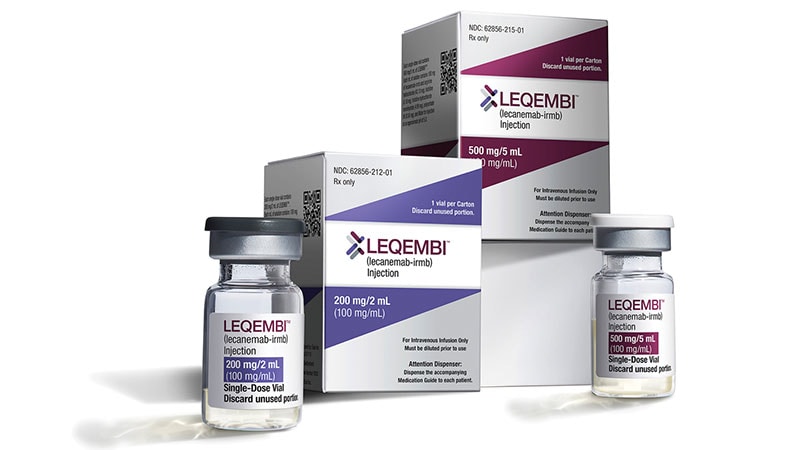

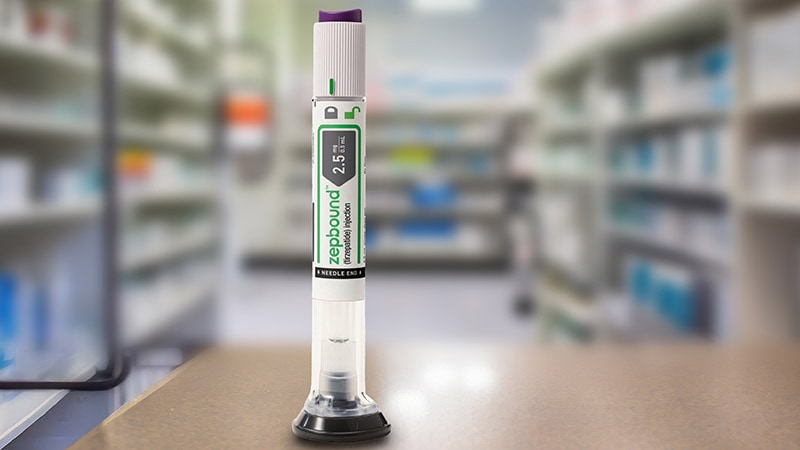
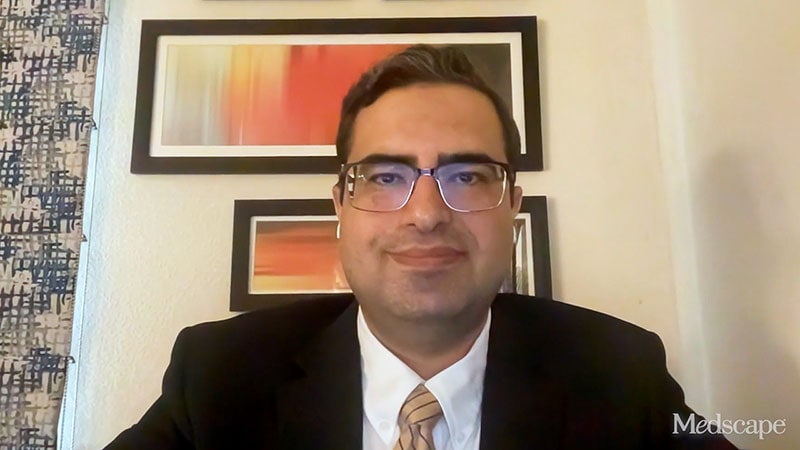


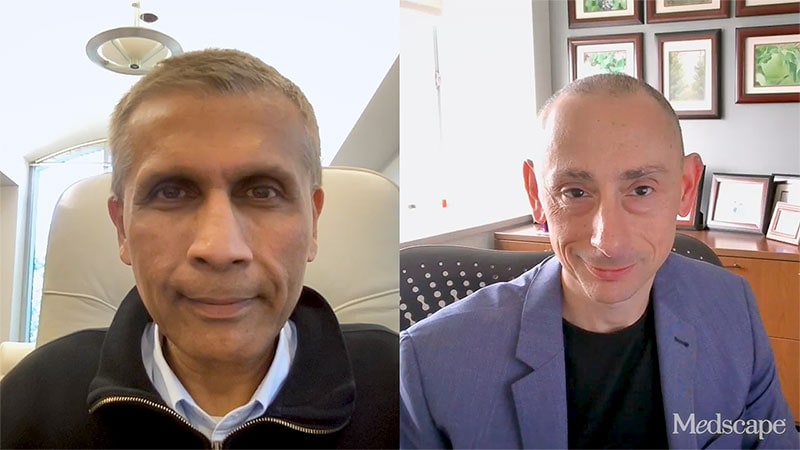



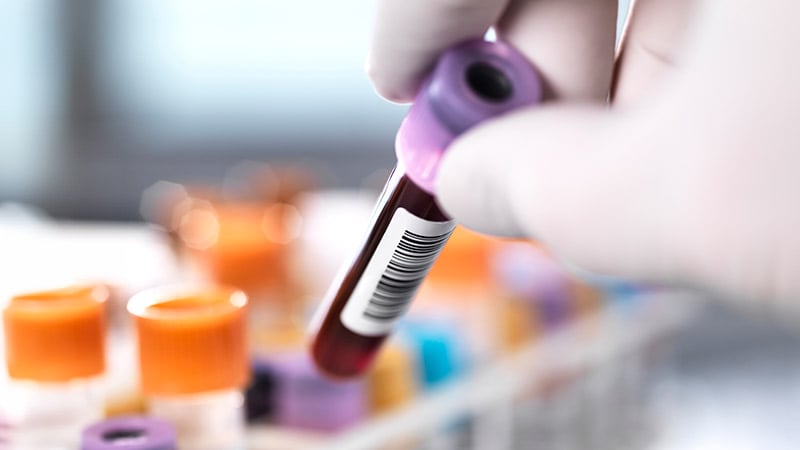
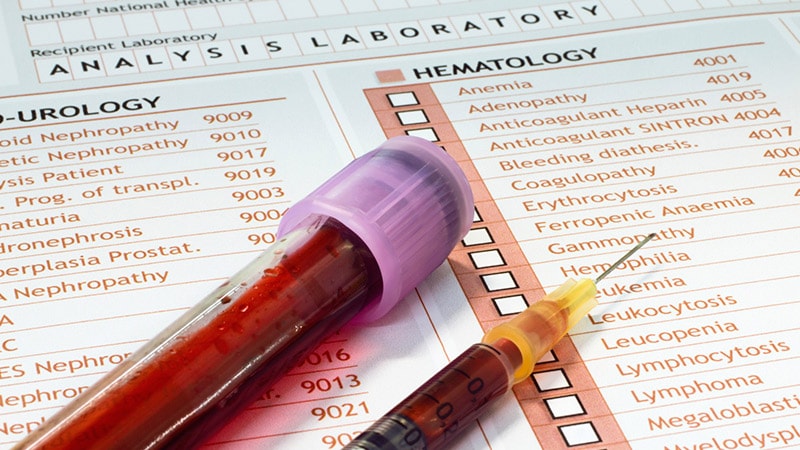














 English (US)
English (US)